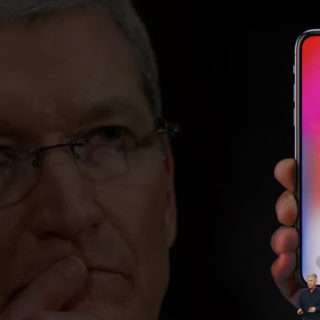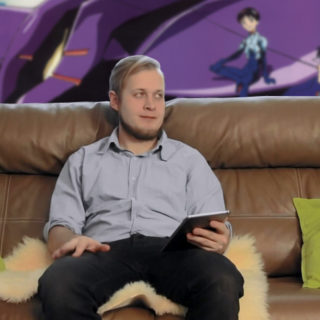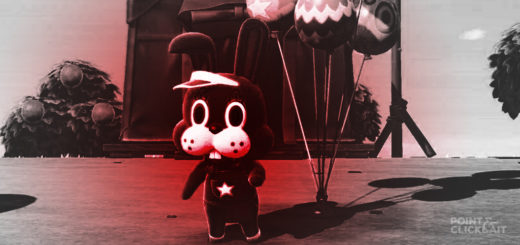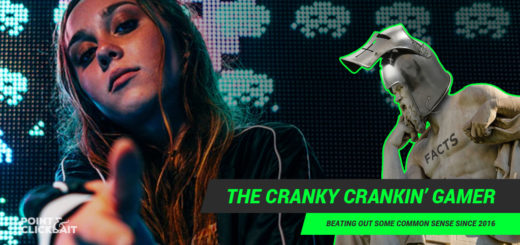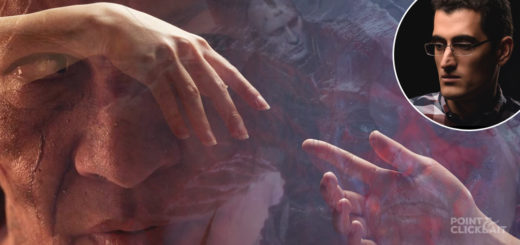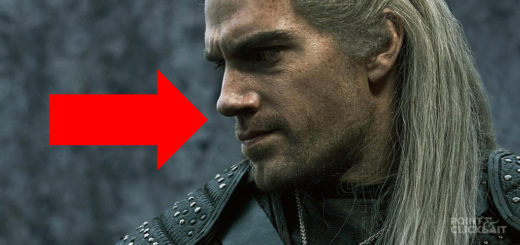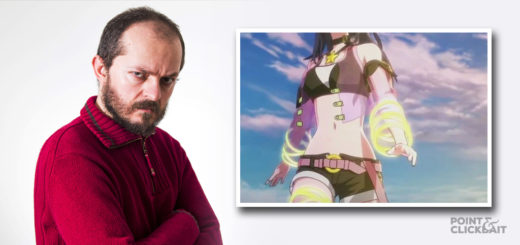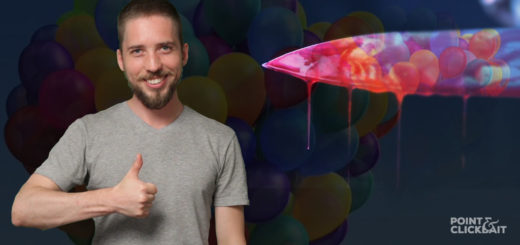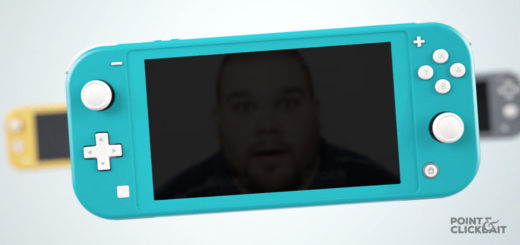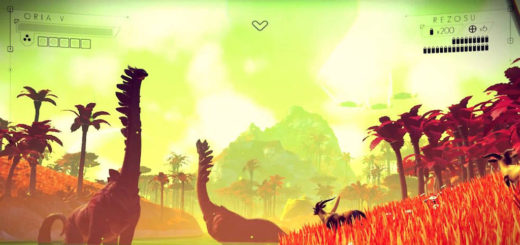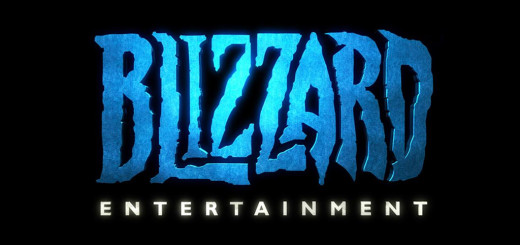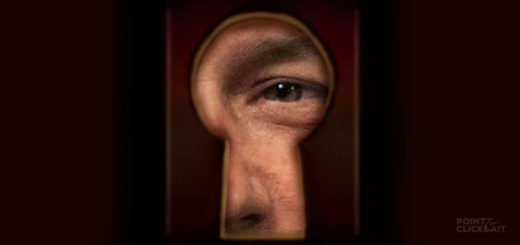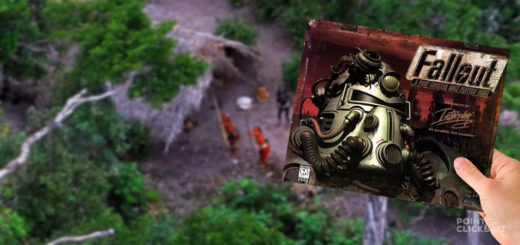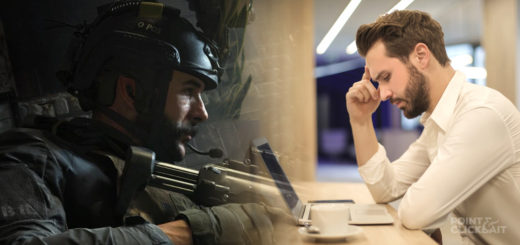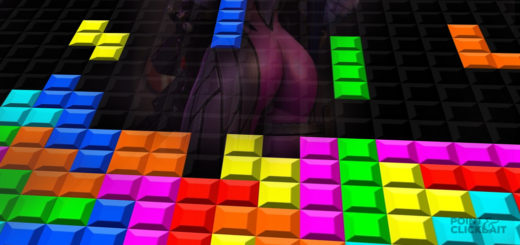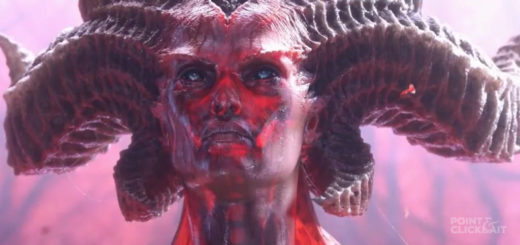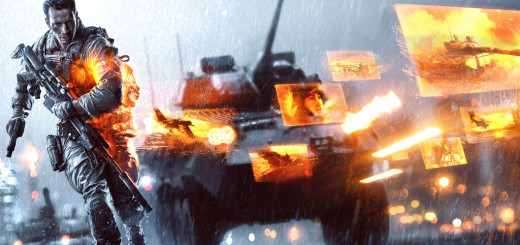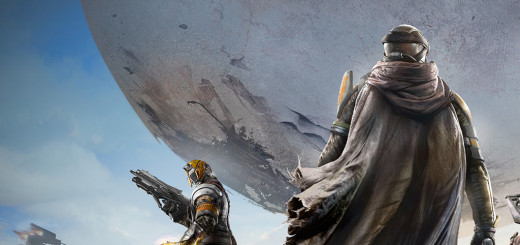What Videogames Can Learn From The Demon That Destroyed Seattle
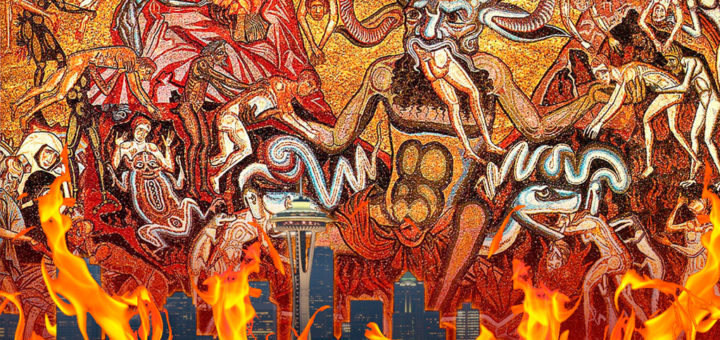
As you’re no doubt aware, last week the grounds beneath Seattle trembled and cracked, and from the smoking fissures rose a demon of unimaginable form and intent. The destruction it wrought will never be undone, and we live now, as a collective people, in constant fear. The economy hasn’t so much collapsed as disappeared, and global government exists now only as a memory of a concept. Most world leaders have not been sighted since the beast sank back down into the Hell we can now guarantee, beyond all doubt, exists.
Of the millions of questions we must now answer, one stands out above all others: what can videogame developers learn from all this?
1. A good villain can make or break a game
While the demon only took form within our mortal realm for four hours, it made a lasting impression – not only the literal impression left in the Earth by its intangible destructive force, its cloven hooves scorching craters a mile across, but also the lasting sense that our human concepts of good and evil are meaningless in the face of the true terror we now know.
Gaming villains rarely make this strong an impact! Imagine a version of Bowser so terrifying that 9% of the global population commit suicide — now that’s something that would motivate the player!
2. Start big, but keep growing from there
When the Demon first appeared, casting an impossibly black shadow that spread across half the world, there was no doubting its dominion. From the moment we became aware of its horrifying powers, the battle had already been lost. Anything we could throw at it was nothing more than a gesture, a meaningless desperate attempt to slow down the encroaching madness that gripped the minds of every individual on the planet. That the terror we felt in those first few moments was just the beginning was incomprehensible at the time, and yet it was so. As our despair deepened, Seattle was torn asunder, and the irresistible presence of this abomination expanded inexorably until suddenly, with no warning, it was gone.
All too often, games don’t do this. The first level will win us over with a huge set-piece, but after that it can feel like the designers have pumped the brakes too hard. The Demon never slowed, never gave us a moment of respite, and nor should our best game designers.
3. Not every adventure needs to have multiplayer
In any unprecedented show of solidarity, the military forces of the world united in the face of this behemoth. The first missiles were launched within just eleven minutes of the Demon’s emergence, rocketing into a Seattle already home to a mountain of corpses. If we had known what the Demon was capable of, perhaps we would have seen fit to let it perform its ceremony of destruction uninhibited rather than provoke it. The Demon simply laughed as the explosives fed and stoked the unholy fire it wrought upon the world, and we are all the worse for our pathetic attempt at rebellion.
The point is that working together isn’t always satisfying, and it seems like some games are desperate to shoehorn in a multiplayer component when, really, they work better as an individual challenge. Just as the coordinated military assault turned the Demon’s attention on the rest of the world, which must now live in perpetual fear of an approaching reckoning, so too must videogame designers stop forcing us to get our friends involved.
4. It’s fine to set up for a sequel, but wrap up your loose threads as well
No one still alive will ever forget the Demon’s final moment. The way its seven tongues clicked as it spelled out the approaching end of existence, demanding that we declare fealty to its sky-shattering form, should we wish to delay the eternal horror that we now know to be an approaching inevitability waiting beyond the tissue-thin veil of our own pathetic lives. The construction of the dark churches, based on the designs the Demon clawed deep into the Earth, has already begun; those who have not yet torn their eyes out toil there now, sweating and feverish with the fear of yet again witnessing the Demon’s impossible form.
Games, too, should plant the seeds for a character’s non-return. All too often a game will end on a cliffhanger that we eventually realise will never be resolved. While there is no doubt in the minds of any sick wretch still clinging to life that the Demon will ultimately return to finish the indescribable work He has begun, we’re less convinced with each passing day that Beyond Good and Evil 2 is ever going to release and resolve things. Don’t tease us like that, Ubisoft!
5. Let us invert camera controls
It’s 2017, for crying out loud!


